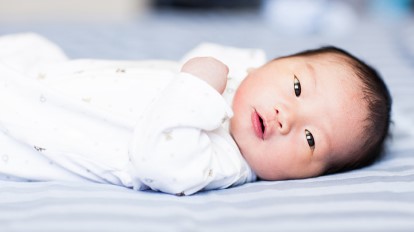
China’s population grew at its slowest pace in decades, according to government data released on Tuesday.
The normal yearly development rate was 0.53% in the course of recent years, down from a pace of 0.57% somewhere in the range of 2000 and 2010 – carrying the populace to 1.41bn. The outcomes add tension on Beijing to support measures for couples to have more infants and deflect a populace decrease. The outcomes were reported in a once 10 years enumeration, which was initially expected to be delivered in April. The statistics was led in late 2020 where around 7,000,000 evaluation takers had gone house to house to gather data from Chinese families. Given the sheer number of individuals overviewed, it is viewed as the most far reaching asset on China’s populace, which is significant for future arranging.
Ning Jizhe, top of the National Bureau of Statistics uncovered that 12 million infants were conceived a year ago – a critical abatement from the 18 million babies in 2016. Anyway he added that it was “still an impressive number”. Mr Ning added that a lower ripeness rate is a characteristic aftereffect of China’s social and financial turn of events. As nations become more evolved, rates of birth will in general fall because of instruction or different needs like professions.Its adjoining nations Japan and South Korea, for instance, have additionally seen rates of birth tumble to record lows as of late in spite of different government motivating forces for couples to have more youngsters. A year ago, South Korea recorded a larger number of passings than births without precedent for history, bringing new alert up in a country which as of now has the world’s least rate of birth. Contracting populaces are dangerous because of the rearranged age structure, with more elderly individuals than the youthful. At the point when that occurs, there will not be sufficient laborers later on to help the old, and there might be an expanded interest for wellbeing and social care.Yes. In 2016, the public authority finished a disputable one-youngster strategy and permitted couples to have two kids. However, the change neglected to turn around the nation’s falling rate of birth in spite of a two-year increment quickly subsequently. Ms Yue Su, head financial expert from The Economist Intelligence Unit, said: “While the second-youngster strategy emphatically affected the rate of birth, it demonstrated present moment in nature.” There had been assumptions that China may scrap the family arranging strategy through and through alongside the new evaluation results, yet this didn’t occur. A report by the Financial Times prior this April additionally cited individuals acquainted with the matter as saying the registration would uncover a populace decrease. This didn’t occur with the 2020 report yet specialists have told different news sources that it could in any case occur throughout the following not many years. “It will in 2021 or 2022, or very soon,” Huang Wenzhang, a demography master at the Center for China and Globalization disclosed to Reuters.China’s populace patterns have throughout the years been to a great extent molded by the one-youngster strategy, which was acquainted in 1979 with moderate populace development. Families that disregarded the standards confronted fines, loss of business and once in a while constrained fetus removals.





































































































































































































































































































































































































































































































































































































































































































































RSS